In a world where the answers to many questions can be displayed with a few single keystrokes, so much of our knowledge about how students are learning in K-12 education is obscured by the fragmentation of state and local education agencies.
Given that, what do we currently know about the materials, programs, initiatives, and supports used in school systems across the country? A lot, it turns out, but the data is often inaccessible. It’s found in surveys and reports from disconnected research organizations, buried in board documents, RFPs, and vendor contracts, or shared with state education agencies through a variety of compliance and reporting communications—all organizations without the capacity and structures to support a comprehensive system.
Commitment and collaboration from partners, states, and districts alike can pull this data to the surface and use it to drive toward a shared goal of equitable and improved student outcomes nationwide.
The organization I serve, the Center for Education Market Dynamics (CEMD), collects and reports on the curriculum materials selected by K-12 school districts across the country, with an intentional focus on understanding how those choices impact historically underserved students. And this data is critical—until now, we’ve had no national understanding of the pace of adoption of high-quality instructional materials.
CEMD’s unique data set gathers district curriculum selection information and enriches it with additional factors such as student demographics, locale, and quality ratings. This allows us to paint a picture of which core and supplemental materials district leaders select for their specific student populations, a significant step in understanding the instructional materials landscape.
But once the materials are in place, then what? “Do you have insights on implementation factors?” I field this question at nearly every convening or gathering of leaders. Eager listeners lean in, hopeful that we have those insights because they know the truth: all curricula, regardless of quality, need support from engaged leaders and teachers to guide the implementation, rollout, and, most importantly, the teaching of students. But what, exactly, do those implementation supports look like?
This is where curriculum-based professional learning (CBPL) comes in. Even districts that make great materials selections risk seeing these investments fall flat and not improve student learning. Teachers, coaches, and instructional leaders need to be supported through effective CBPL, and we need data to understand what effective CBPL looks like.
We are committed to working alongside leaders in the professional learning space to find ways to improve the data available that help us know not just where curricula is being implemented but also how it was implemented. For example:
- Did school leaders receive effective training on the rollout and support of the new materials?
- Were teachers introduced to the curriculum well before the school year to learn, practice, and implement the new materials?
- Was time allocated for teachers to collaborate, reflect on, and analyze student work and data?
- Were effective models for adult learning applied, such as coaching or professional learning communities?
Understanding where these practices are occurring alongside the implementation of high-quality materials affords us new ways to understand the intersection of materials and practice, identifying the best possible conditions to impact student learning.
A holistic view of curriculum implementation can unlock so much value. Imagine if we had a shared understanding of not just the specific curriculum that a district selects for students, but also how it was implemented, what supports were extended to teachers and why, and ultimately, how this systematic process supported growth on the part of specific and known student populations. Revealing these trends at the systems level allows us to understand new levers at our disposal to create academic change.
To increase the clarity and transparency of information across the system, I offer a few recommendations for SEA and LEA leaders:
- Be clear on the expected outcomes to accomplish through curriculum implementation. District stakeholders should be aligned on those specific goals and the ways they will be specifically measured. I recommend learning about Outcomes Based Contracting to any leader willing to think differently about materials procurement and the power it holds for student achievement.
- Consider which aspects of selection and implementation data are valuable tools for informing policy, guidance, and support. Where possible, identify systems to collect and analyze this information regularly. Partners like CEMD can help.
- Implement feedback loops to reflect on data, and leverage it for decision making. If the time is taken to collect it, the data needs to be useful, relevant, and in support of the end goal of student achievement.
Those who support SEA and LEA leaders are also responsible for assessing and understanding the effectiveness of their own programming. These best practices should be shared broadly so all students can access great instruction. I’m optimistic that with great collaboration between committed researchers, practitioners, and providers, we can make a lasting impact.
Note from Rivet Education: To see key moments where data collection should occur in the curriculum implementation journey, download the Instructional Materials Implementation Tool.





